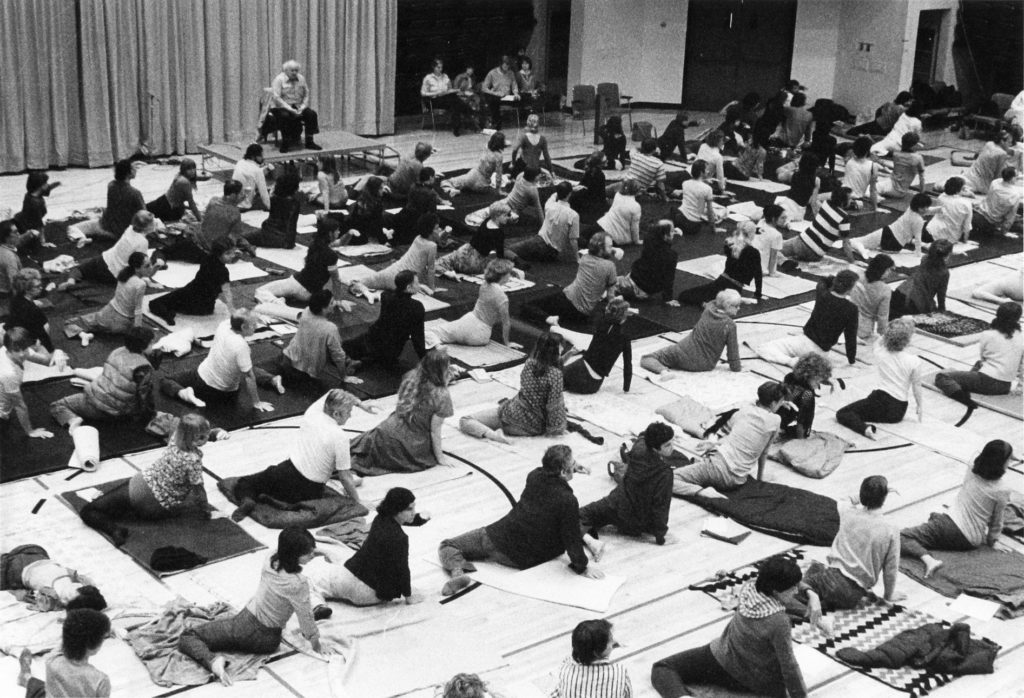Moshe Feldenkrais A life in Movement
Moshé Feldenkrais - on his method
Birth of Moshe Feldenkrais
Moshe Pinhas Feldenkrais was born on May 6, 1904, in Slavuta, today located in Ukraine. At 14 Moshe Feldenkrais leaves for a six-month journey to Palestine.
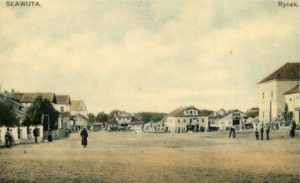
Palestine - 1918
To support himself, he worked as a mason. Already as a young adult, he took a keen interest in the subjects of self-defence, self-suggestion and learning.
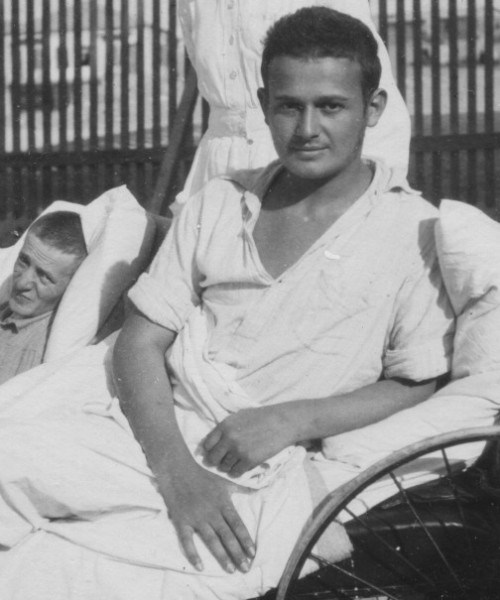
Martial arts and injury
After resuming his high school studies, he obtained a first job as cartographer. In parallel, he joined the young Hagana and studied Jiujitsu.
As a young football fan, he seriously injured his knee during a match. This injury later became the starting point for the development of his method.
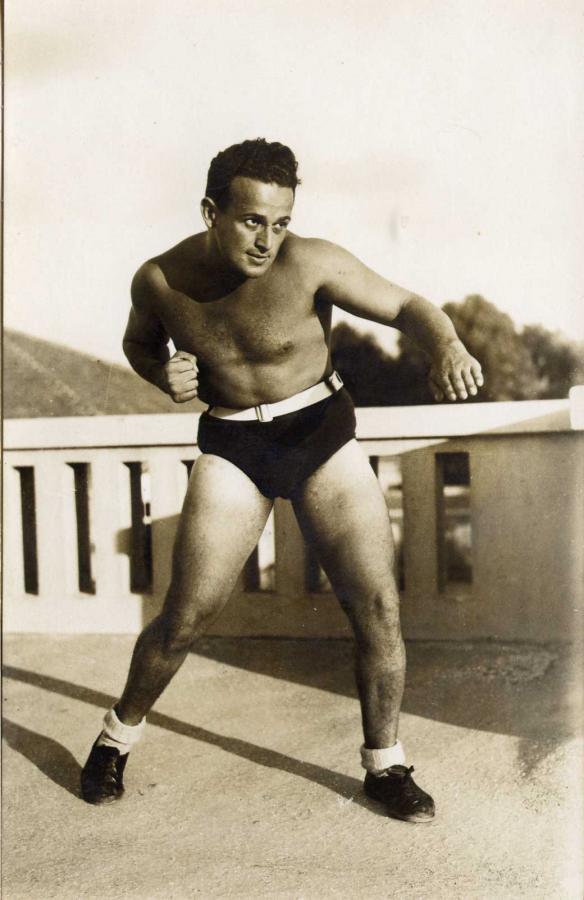
Studies in Paris - 1928
From 1928, he studied in Paris and found himself in a very stimulating environment: after his engineering studies at ESTP, he worked in a laboratory under the direction of Frédéric Joliot-Curie and Irène Curie (Nobel Prize in Chemistry in 1935), and Paul Langevin. He became a Doctor of Physical Sciences.
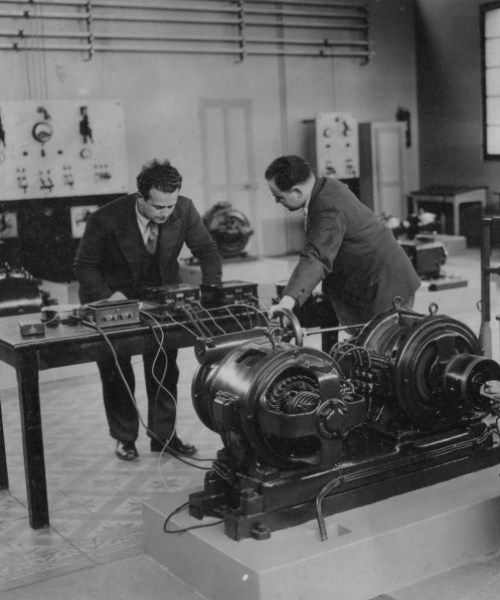
Judo - 1933
While living in Paris, he met Jigoro Kano - the founder of Judo - in 1933 and agreed to help introduce Judo in Europe, bridging the gap between these Japanese practices and the French associative milieu. He founded the Jiu Jitsu Club de France, wrote several books, and was one of the first Europeans to have a black belt in Judo.
England
In 1940, when the Germans invaded Paris, Moshe Feldenkrais took a last minute boat to England. He worked for the British Admiralty and became part of the team that developed the sonar.
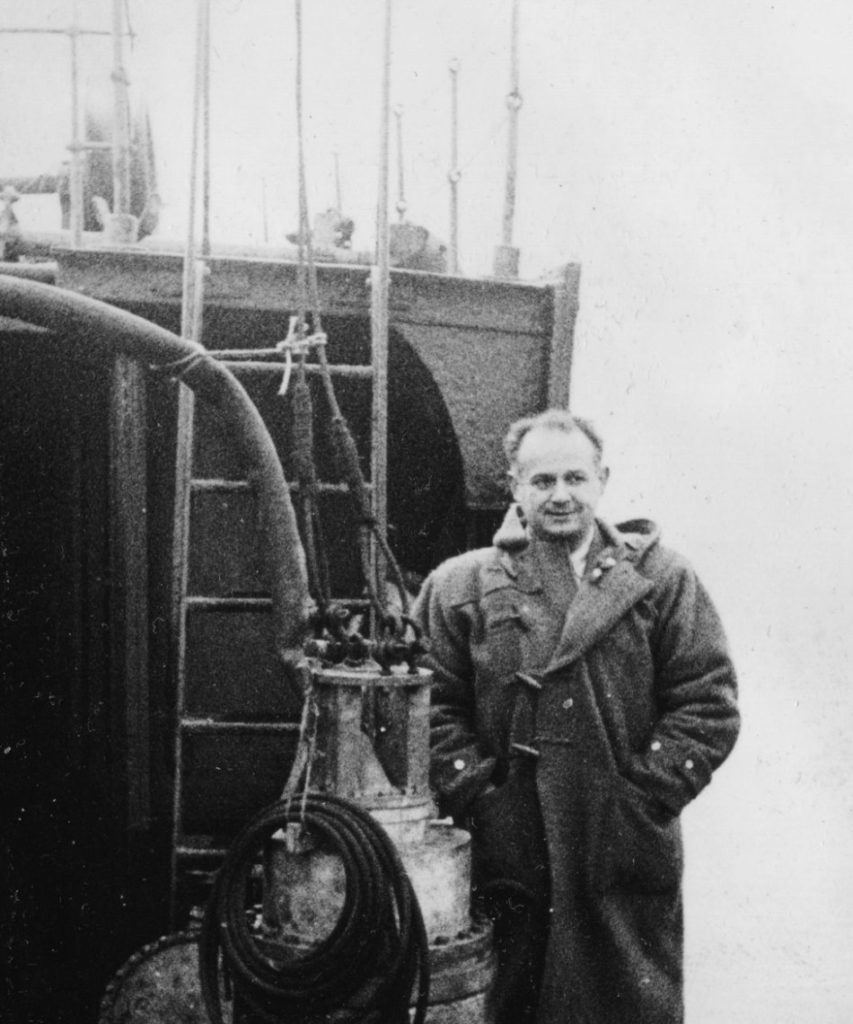
Genesis of the method
Complications with his knee eventually determined the direction of his work: faced with the inability of the medical profession to ensure a normal functioning of his injured knee, he turned to himself and his own capacities. He thoroughly studied the internal mechanics of the body. He discovered a world that he never ceased to explore in all directions, for the rest of his life, enriching his research with all the available neuroscientific knowledge of his time.

A new world
After the Second World War, he gradually abandoned the world of Physics and Electronics to devote himself entirely to the research that led to his method. He developed what he would later call Functional Integration. Through touch and movement, he creates the conditions for improving health and learning. Later, in order to allow a greater number to benefit from his method, he invented a form of collective practice, which he called Awareness through the Movement.

Headstand
In 1950 Feldenkrais moved to Tel Aviv. He continued to develop his method and began to teach his discoveries.
The Prime Minister Ben Gurion worked regularly with Moshe to relieve his back pain. Ben Gourion even ended up making a headstand on the beach. A cliché that traveled the world.
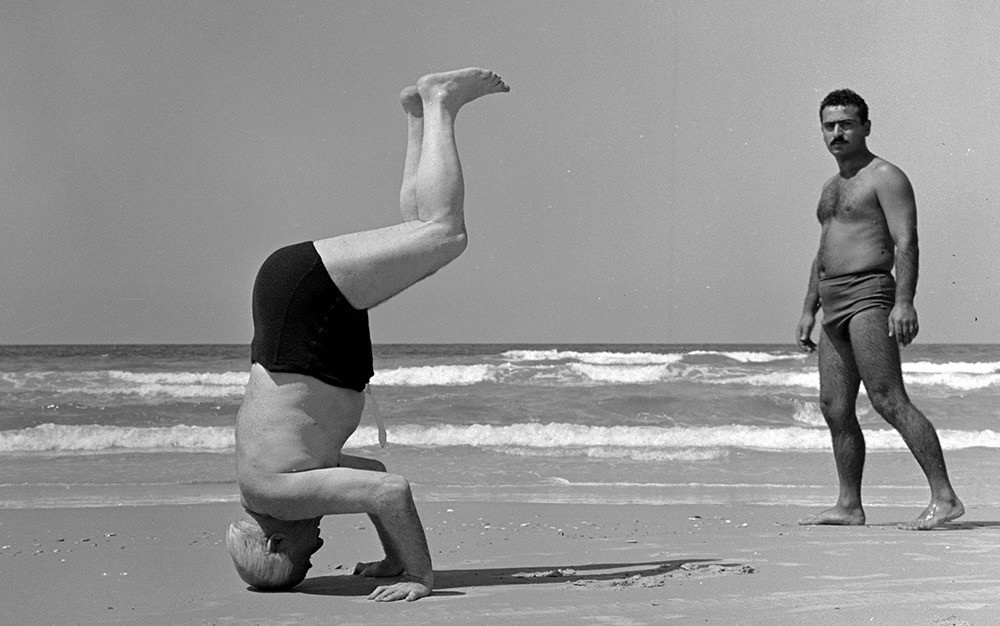
Teachings
Throughout the 1960s, 1970s and 1980s, he presented his method in Europe and North America. He trained the first group of 13 teachers of the method from 1969 to 1971 in Tel Aviv. Then, during four summers, from 1975 to 1978, he trained 65 teachers in San Francisco under the auspices of the Humanistic Psychology Institute. In 1980, 235 students began a summer training in Amherst, Massachusetts.
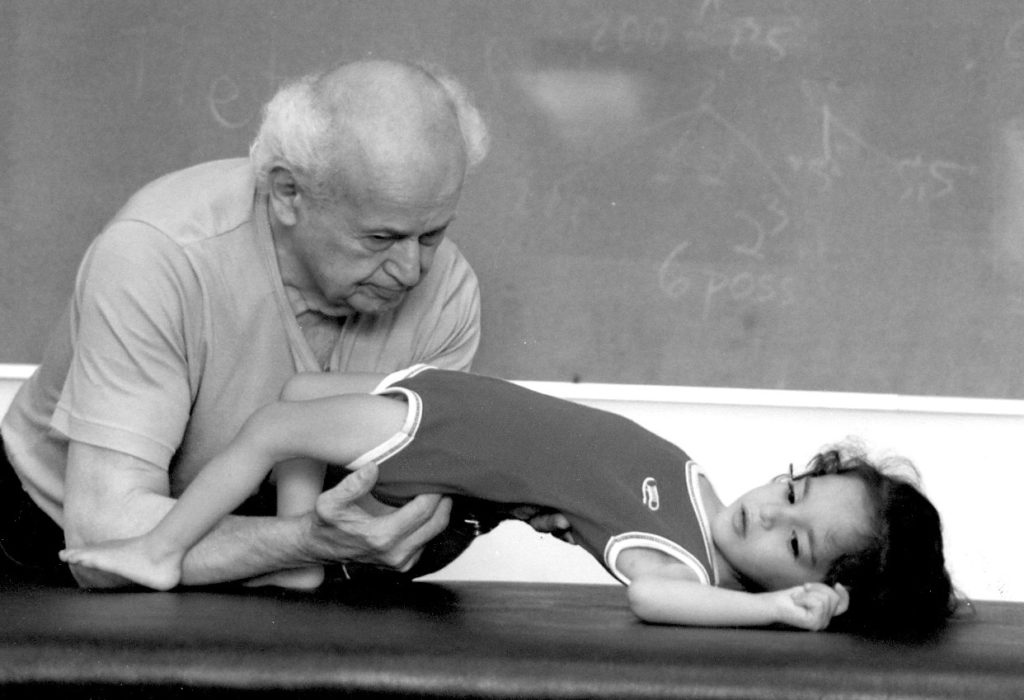
A living heritage
After falling ill in the fall of 1981, he stopped teaching publicly.
Leaving behind him a great material and human heritage: writings, recordings and especially men and women rich of his discoveries.
They continue his research and spread his teaching, both through professional training programs and courses open to all.
